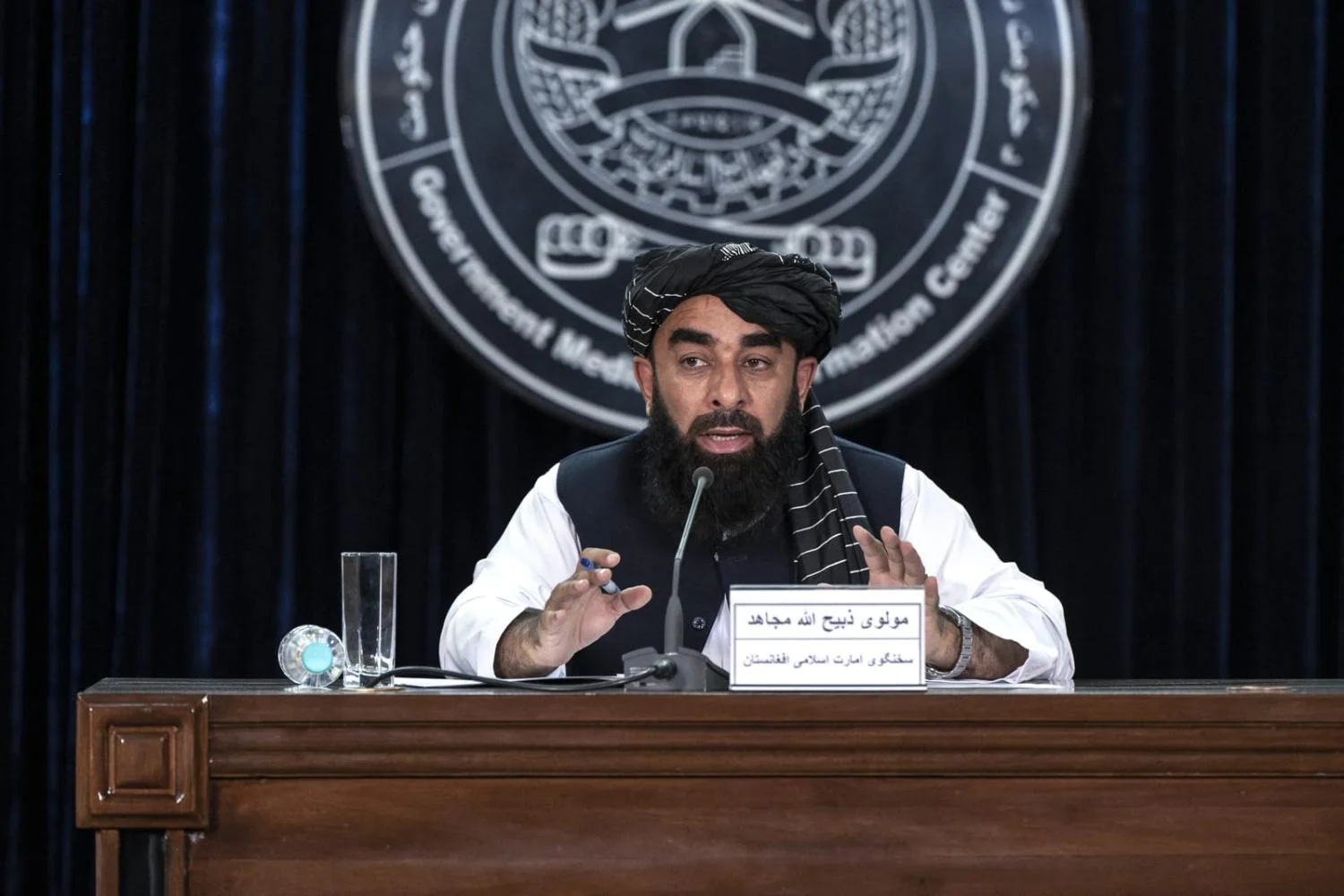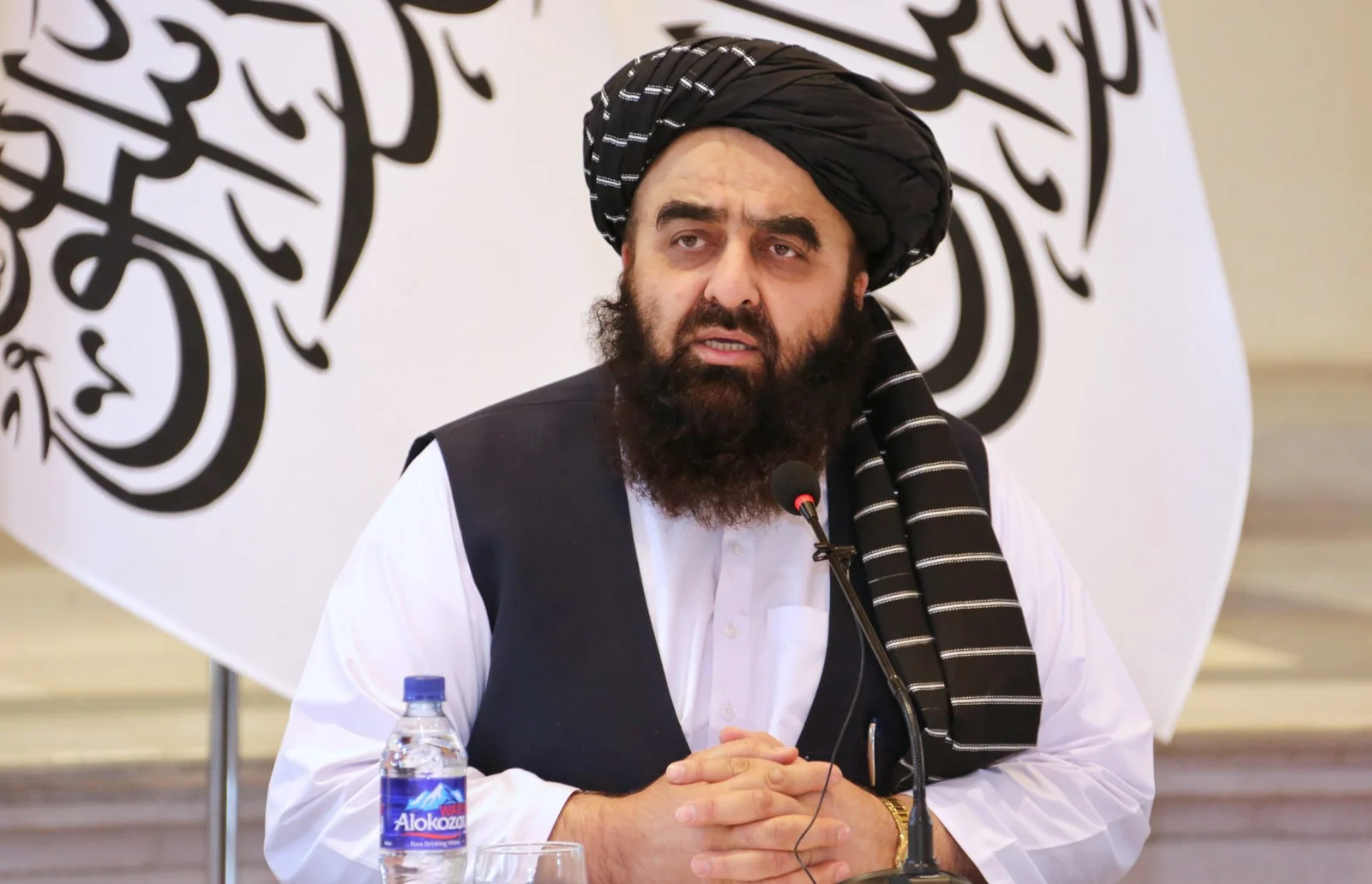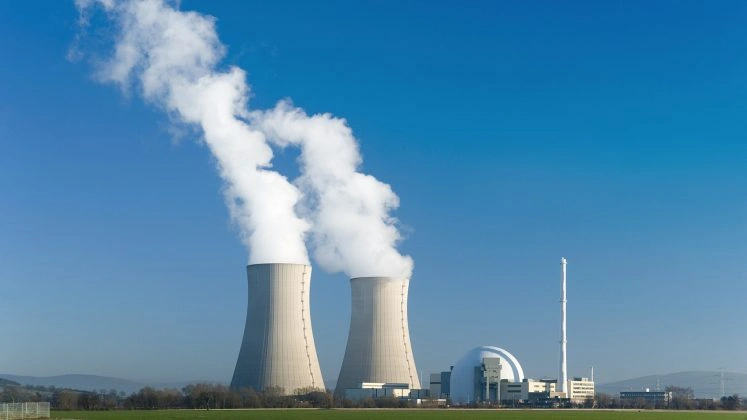Canada and Australia are planning to jointly develop a new military radar system in the Arctic amid a global surge of interest in the region, according to Canadian Prime Minister Mark Carney, who warned that Canada’s “adversaries are increasingly emboldened.”
“Our government will be working with our longstanding defense and security partners, Australia, to build a new long range over-the-horizon military radar system,” Carney told reporters in Iqaluit, Nunavut at a press conference on Tuesday.
“This is an investment of more than $6 billion in the most advanced and efficient radar system,” Carney continued, adding that the new installation “will enable Canada to detect and respond to both air and maritime threats over our Arctic faster and from further away.”
“It will most fundamentally keep all Canadians safe,” Carney said.
Any kind of new Canadian defense infrastructure in the Arctic would likely have to be compatible with NORAD, a key US-Canadian defense agreement.
“Canada must be strong in our partnerships, particularly NORAD,” Carney said. “Today’s announcements will strengthen our commitment to NORAD. We cannot and should not look first to others to defend our nation.”
Carney also announced that his government would establish a “greater sustained and year-round presence here in the Arctic,” investing a further $420 million (Canadian) “to protect our aerial maritime and terrestrial sovereignty.”
“Our adversaries are increasingly emboldened,” Carney added. “International institutions and norms that have kept Canada secure are now being called into question. And the United States priorities’, once closely aligned with our own, are beginning to shift.”
Also See: Prime Minister Carney To Bolster Canada’s Relations With France, UK, And Assert Sovereignty
Only eight countries have territory within the strategically and environmentally sensitive Arctic region – Canada, Denmark, Finland, Iceland, Norway, Russia, Sweden and the United States – and competition for clout is intensifying.
Canada, currently in the midst of its worst diplomatic spat with the United States in years, collaborates on security with its southern neighbor but has also long disagreed over the extent of Canadian sovereignty in the Arctic. Canada insists that the Northwest Passage through Arctic waters, for instance, lies exclusively within Canadian territory, while the US, asserts that the sea lane is in international waters.
Meanwhile, China and Russia have been coordinating activity in the Arctic. In July, the US Department of Defense warned that “growing cooperation” between Russia and China in the region has the “potential to alter the Arctic’s stability and threat picture.”
US and Canadian forces intercepted Russian and Chinese bombers flying together near Alaska that same month, while the nations’ two navies have operated together in international waters off the Alaskan coast in 2022 and 2023, according to the US military.
And as US President Donald Trump doubles down on his interest in controlling Greenland, a semi-autonomous Danish territory in the region, Denmark has also been investing more in regional security, saying in January that it would spend 14.6 billion Danish kroner ($2.05 billion) to boost its own military capabilities in the Arctic.
This news is sourced from CNN and is intended for informational purposes only.

![Canada and Australia to develop a $6B Arctic radar system as Carney warns of rising threats from adversaries in the region. [Image via Reuters]](https://southasiatimes.org/wp-content/uploads/2025/03/2025-03-18t180748z-1192666208-rc2ufdargohi-rtrmadp-3-canada-politics.webp)




